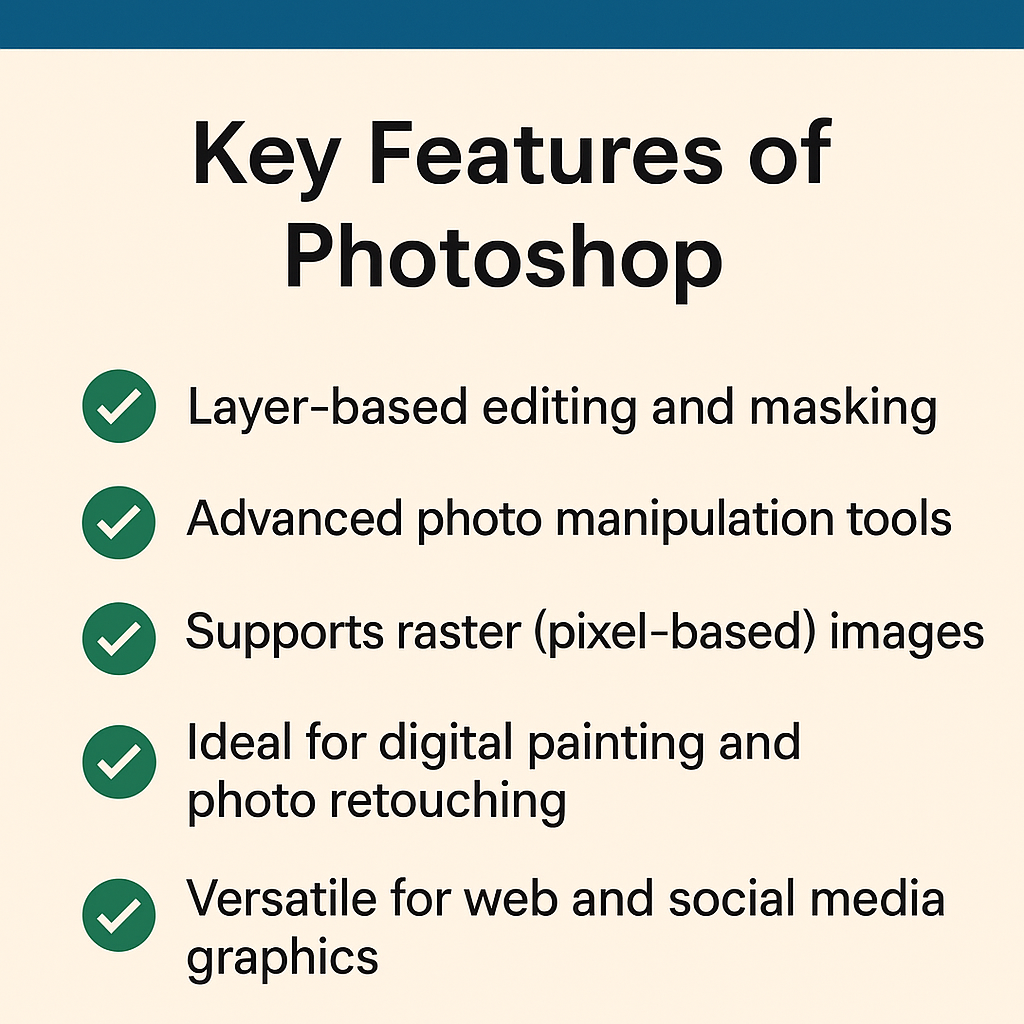If you’re a freelancer, designer, developer, or creative professional, your portfolio website is more than just a digital resume — it’s your storefront. But what good is a beautiful site if no one can find it?
Ranking on Google is what brings your ideal clients to you. It’s the difference between passively waiting for work and getting inbound inquiries from people already interested in your skills.
The problem? Most SEO advice is tied to expensive tools and premium software — which isn’t always feasible, especially when you’re just starting out.
The good news: you don’t need to spend a dime to start ranking.
This guide will walk you through practical, no-cost steps to improve your portfolio site’s visibility — from keyword research and on-page optimization to backlinks and Google tools — using only free resources.
Let’s get your work seen 🔍💻
Set the Foundation
Before diving into SEO tactics, make sure your website is built on solid ground. A strong technical foundation ensures that search engines — and potential clients — can easily access, understand, and engage with your content.
✅ Choose an SEO-friendly platform
Not all website builders are created equal. To rank well, pick a platform that gives you control over basic SEO elements like meta tags, page speed, and responsiveness.
Popular free/low-cost options include:
- WordPress (with a free theme and plugins like Rank Math or Yoast)
- Webflow (great for design and SEO control)
- Carrd (perfect for ultra-simple one-page portfolios)
✅ Optimize your website structure
A confusing layout or slow-loading pages will hurt your ranking. Here’s what to prioritize:
- Clear navigation: Use a simple menu with logical links (Home, About, Portfolio, Contact)
- Fast loading speed: Compress images (use tools like TinyPNG), minimize scripts
- Mobile responsiveness: Over 60% of traffic is mobile — test your site on phones and tablets
Search engines reward user-friendly websites. Keep things clean, simple, and fast — both humans and bots will thank you.
Keyword Research – For Free
You don’t need expensive tools to find the right keywords. With a bit of creativity and a few free platforms, you can discover what your potential clients are actually searching for.
🔍 Use Google Autosuggest
Start typing phrases like “freelance graphic designer in…” or “hire a web developer for…” into Google. The autocomplete suggestions are real searches — use them as inspiration for your portfolio content.
💬 Check the ‘People Also Ask’ box
Google often shows related questions people ask. Use those to guide your service descriptions, blog posts, or FAQs. Answering real questions = more chances to show up.
🛠 Use Free Tools
- Ubersuggest (free version): Enter a keyword and get suggestions, search volume, and difficulty
- KeywordTool.io: Offers keyword ideas from Google, YouTube, Bing, etc.
- AnswerThePublic: Visualizes questions and comparisons related to your topic
🎯 Focus on long-tail keywords
Broad keywords like “designer” are too competitive. Go for specific, intent-driven ones like:
- “freelance UX designer in Austin”
- “portfolio website for product photographer”
- “affordable logo design for startups”
These long-tail keywords may have lower traffic, but they bring high-intent visitors who are more likely to hire you.
On-Page SEO Basics
Once you’ve got the right keywords, it’s time to put them to work — directly on your site. This is where on-page SEO comes in.
📝 Write unique, relevant titles and meta descriptions
Every page on your site should have:
- A clear, keyword-rich title tag (e.g. “Freelance UX Designer in Austin | Jane Doe Portfolio”)
- A meta description that summarizes the content and encourages clicks (e.g. “View UX case studies, prototypes, and design solutions tailored for startups and SaaS.”)
📚 Use keywords naturally
Sprinkle your keywords throughout your content — but don’t force it.
- Use them in headings (H1, H2)
- Include them in your intro and conclusion paragraphs
- Don’t forget image alt tags — describe visuals clearly for accessibility and SEO
🧠 Consider adding a blog section (optional but powerful)
If you have the time, writing occasional blog posts can help you rank for more search terms and build authority.
Topics can include:
- Case studies of your projects
- Tips for clients (e.g. “How to Prep for a Branding Session”)
- Industry insights or process breakdowns
On-page SEO is about clarity, relevance, and structure. Make it easy for both people and search engines to understand who you are and what you offer.
Build Free Backlinks
Backlinks — links from other websites to yours — are one of the strongest ranking signals for Google. The best part? You don’t need to pay to get them.
🔗 Submit your site to high-authority directories
These are easy, no-brainer backlinks that also drive traffic:
- Behance
- Dribbble
- Clutch
- DesignRush
- About.me
Make sure your profile links back to your portfolio and includes your keywords in the bio or title.
✍️ Guest post on niche sites or Medium
Write useful content for platforms where your audience hangs out. Topics could be:
- “5 Mistakes Startups Make When Hiring Designers”
- “How to Make a Killer Portfolio in 2025”
Publish on Medium, Hashnode, or pitch to design blogs and creative communities.
💬 Join design communities and be active
Platforms like:
- Reddit (e.g. r/web_design, r/UXDesign)
- Designer Hangout (Slack)
- Indie Hackers
When you genuinely contribute, share advice, or showcase your work, people click your profile and follow through to your site.
Backlinks show that others trust your content — and Google takes note. Even a few quality free links can make a big difference.
Use Google Tools
Google gives you powerful, free tools to understand how your site is performing — and how to improve it.
📈 Set up Google Search Console
This is your direct line to Google. With it, you can:
- See which keywords are bringing traffic
- Check how your pages are indexed
- Get alerts for errors or issues
🗺 Submit your sitemap
Most website builders auto-generate a sitemap (like yourdomain.com/sitemap.xml).
Submit it in Search Console to help Google crawl your site faster and more efficiently.
📊 Use Google Analytics
Track who’s visiting your site, from where, and what they’re doing.
- See your most viewed pages
- Understand bounce rates
- Discover what devices people use (great for optimizing mobile experience)
🔧 Monitor performance and fix issues
Check for:
- Indexing problems (pages not showing on Google)
- Broken links
- Mobile usability errors
Even without paid tools, these free platforms give you the data you need to rank smarter.
Stay Consistent and Update
SEO isn’t a one-and-done task — it’s an ongoing process. Staying active keeps your site fresh in Google’s eyes and builds trust with potential clients.
♻️ Regularly refresh your content
Revisit your pages every few months to:
- Update keywords
- Improve descriptions
- Fix any broken links
Even small tweaks can give your rankings a boost.
🖼 Keep your work samples up to date
Your portfolio is only as strong as your latest work. Replace old projects with newer, stronger case studies — and make sure they’re keyword-optimized too.
📢 Share new content on social media and forums
Whether it’s a blog post, new project, or updated section — don’t just publish and pray.
- Post on LinkedIn, Twitter, and Instagram
- Join Facebook groups, subreddits, or design forums
- Link back to your content when it’s relevant and helpful
The more consistently you update and share your site, the more traffic — and opportunities — will come your way.
Ranking your portfolio website without paid tools is 100% possible — but it won’t happen overnight.
Organic growth takes time, patience, and consistency.
The key is to stay active:
- Use free tools wisely
- Keep your content fresh
- Share your work where your audience is
Bit by bit, these small efforts add up — and soon, your dream clients will be finding you.
💬 What free SEO tip has helped you most?
Drop your thoughts or questions in the comments — let’s grow together.




